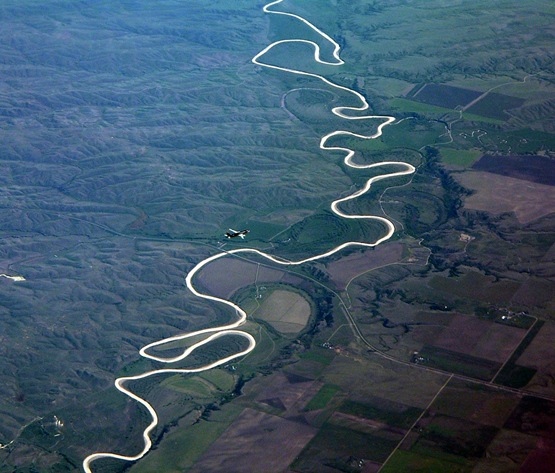

"This morning I visited a farm, some account of which will give a good idea of the more advanced mode of agriculture in Eastern Virginia. It is situated on the bank of James River,. . .
Page 41
Wheat, notwithstanding these high prices of forage crops, is considered the most important crop of the farm. The practice is to cut the maize (which is grown on much the same plan as is usual in New York) at the root, stook it in rows upon the field, plow the lands between the rows (one way) and drill in wheat with a horse drilling machine: then remove the stooks of maize into the sown ground, and prepare the intervening lands in like manner. The maize is afterwards husked in the field, at leisure, and carted off, with the stalks, when the ground is frozen. Sometimes the seed-wheat is sown by hand on the fresh-plowed ground, and harrowed in. In the spring, clover-seed is sown by hand. The wheat is reaped by either Hussey's or M'Cormick's machine, both being used on the farm, but Hussey's rather preferred, as less liable to get out of order, and, if slightly damaged, more readily repaired by the slave blacksmith on the farm.
Lime is frequently applied, commonly at the time of wheat-sowing, at the rate of from twenty-five to fifty bushels an acre. It is brought, by sea, from Haverstraw, New York, at a cost, delivered on the farm, of 7¼ to 7½ cents a bushel. Plaster (sulphate of lime) has been tried, with little or no perceptible effect on the crops.
Dung, largely accumulated from the farm stock, is applied almost exclusively to the maize crops. Guano is also largely used as an application for wheat. After trying greater and less quantities, the proprietor has arrived at the conclusion that 200 lbs. to the acre is most profitable. It will, hereafter, be applied, at that rate, to all the wheat grown upon the farm. It has also been used with advantage for ruta baga. For corn, it was not thought of much value; the greatest advantage had been
Forage is the vegetation used for animals such as this roll of hay.
Page 42.
obtained by applying it to the poorest land of the farm, some of which was of so small fertility, and at such a distance from the cattle quarters and the river, that it could not be profitably cultivated, and had been at waste for many years. I understand this may be the case with half the land included in the large farms or plantations of this part of the country. Two hundred weight of Peruvian guano to the acre brought fifteen bushels of wheat; and a good crop of clover was perfectly sure to follow, by which the permanent improvement of the soil could be secured. This the proprietor esteemed to be the greatest benefit he derived from guano, and he is pursuing a regular plan for bringing all his more sterile upland into the system of Convertible husbandry by its aid."
Page 43.
Source:
"James RIver Farm" in F. L. Olmsted, A Journey in the Seaboard Slave States, 1853.